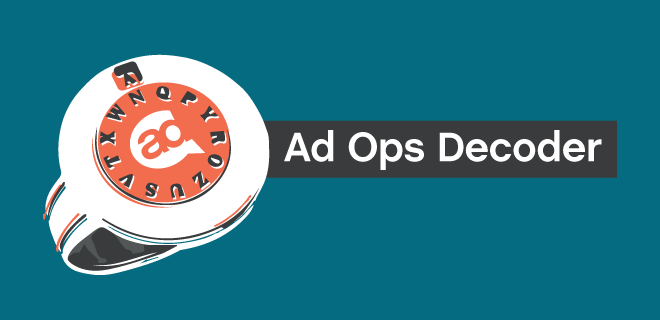
With Oracle’s recent purchase of Moat, one of the more widely-integrated third-party measurement companies out there, the term “Intersection Observer” has been thrown around a lot lately. To some, the Intersection Observer has been put forward as the possible driver of the next generation of viewability measurement, and as the tool that may pull the industry away from reliance on third-party measurement companies. The discrepancies between measurement vendors are a common industry-wide pain point, a key part of why the discussion about viewability seems to have reached a standstill (at least from some perspectives).
So what is the Interesction Observer, anyway? It’s an API native to the browser, currently available in Chrome and Edge, with Firefox and Safari reportedly developing their own. From a development standpoint, the Intersection Observer has a root element that observes other descendants of that root, which helps understand movement of elements across the DOM in relation to each other. Part of that means that it’s possible to tell, via callbacks, when an element (like an ad) comes into or out of view. And since the Intersection Observer is native to the browser, it would provide a standard methodology of measuring viewability–theoretically eliminating the confusion created by all of these different vendor companies measuring viewability through their own custom methods.
One of the apparent benefits of Intersection Observer is that it holds promise to pull viewability measurement away from any reliance on Flash. AppNexus Director of Product Management Kevin Solinger explained this in a blog post in September 2016—his company being one of many that has handled viewability this way. In short, third-party measurement vendors used browser optimization to measure viewability in iframes. In the version Solinger describes, a script piggybacks on the browser’s native optimization for Flash. By Solinger’s explanation, this method can work fine. The problem is that Flash just isn’t widely supported enough at this point to be relied upon, especially on mobile web.
There are other problems with the more traditional methods of measuring viewability. The scripts themselves may create discrepancies. The queries used don’t necessarily impose latency requirements, either, and are often not supported across platforms without some amount of development work going in. So, the idea of developing a viewability API native to the browser itself can sound pretty tempting.
Will the Intersection Observer make viewability vendors unnecessary? Well… it’s debatable, and we’re not there yet. It’s a browser API, and with users gravitating increasingly toward mobile and into apps, you can see where it might have limitations. There are some questions over whether app developers will take to a viewability-specific SDK, if they’re making efforts to cut down on the number of SDKs they’re using overall. App space aside, Intersection Observer’s capacity to measure viewability across platforms will be hampered by the fact that as of April 2017, it’s been adopted by two browsers, one of them (Edge) just barely. As some folks see it, this means there’s more of an opportunity than ever for third-party viewability vendors to demonstrate their worth. But the outcome remains to be seen.